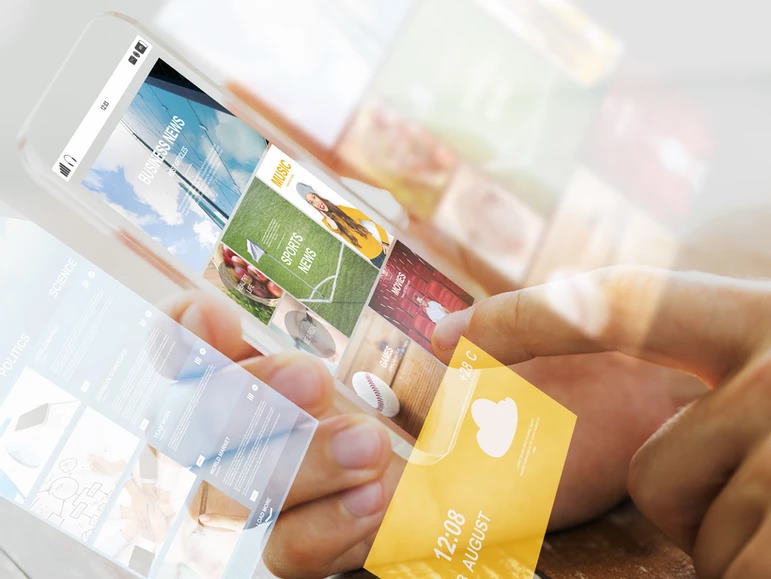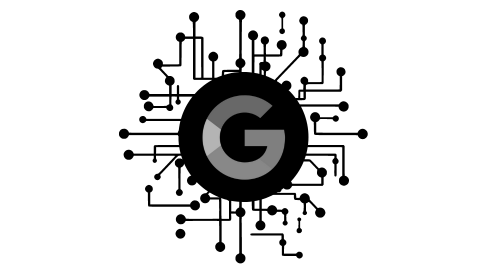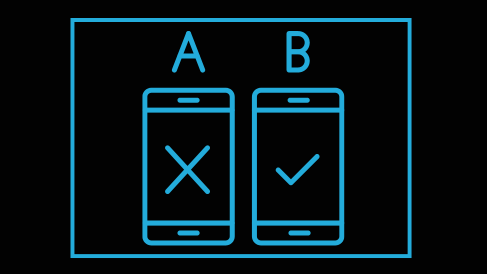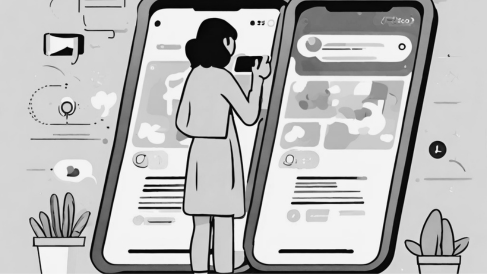With so much of the buyer’s journey taking place online, it’s essential to enhance the customer experience as much as possible. Your digital experience is often the only opportunity you have to engage with prospects and leave a positive first impression — and you only have a few seconds to do so. Tailoring your digital customer experience is key not only for acquiring new customers but also for retaining your existing customer base. Research shows that 66% of customers who switch brands do so because they’ve experienced poor service.
To help you navigate the intimidating digital landscape, we’ve rounded up a few online customer experience trends, tips and thoughts to guide you on your journey to providing a better path to purchase.
Digital Customer Experience Trends
When mapping your digital experience, consider the capabilities of your technology stack, user expectations and up-and-coming digital customer experience trends that will shape marketing in upcoming years.
Omnichannel Delivery
While most brands are already using more than one outlet for their paid and organic marketing, true omnichannel strategy is much more rare. True omnichannel delivery breaks down barriers between touch points — for instance, if a customer begins their engagement on social media, they will be able to continue that same engagement as they move to email, your website and mobile apps. Companies with extremely strong omnichannel customer engagement retain 89% of their customers on average, while companies with weak omnichannel customer engagement only retain 33%.
Predictive Analytics
If you’re a digital user in any way, you’ve probably heard of the “algorithms” used by various sites to serve up personalized content to users. While there isn’t one omnipotent AI algorithm gathering and selling all of a user’s data, there are algorithmic tools leveraged by several outlets to tailor and serve content effectively.
Search engines, social media channels and even streaming services like Netflix and Hulu leverage predictive analytics tools that account for a user’s demographics, likes, dislikes, interests and history when determining what content they’re most likely to find useful and interesting.
Predictive analytics technologies continue to advance and can be used by almost any business on any scale with effective use of marketing automation and lead scoring tools.
Machine Learning and Bots
While you’re probably familiar with chat support portals as they pop up all over websites and mobile apps, not many brands use them effectively. You might be tempted to implement a live chat feature for your own brand. But have you considered what happens if a user tries to reach out after hours, or during a high-volume time when you aren’t able to IM back immediately? Chatbots allow you to offer the convenience of instant messaging for common inquiries at all hours.
As machine learning capabilities evolve, bots can become even more intelligent and learn when to alert human representatives that a customer needs attention. It’s important to keep in mind that machine learning and bots aren’t designed to replace human customer service representatives to answer questions, but rather to support them. Relying too heavily on artificial intelligence can make your brand appear to be just that — artificial. Strike a balance in your automated conversations and know when a prospect needs a human touch.
Robust Personalization
Digital customers, especially Millennial and Gen Z customers, expect you to understand that there isn’t a one-size-fits-all approach. They’re individuals with unique needs and they want to be treated as such. In fact, 69% of consumers want a personalized digital customer experience, yet only 40% of brands offer one.
By asking your customers for information as they progress through the customer journey, you’ll be able to offer a one-of-a-kind experience to every customer, without too much effort. Surveys, quizzes and online consultations can give your customers a sense of control over their experience and demonstrate that your brand is interested in their unique needs.
How Much Personalization is Too Much?
While personalization is key to a unique and individual digital customer experience, it can be easy to go overboard. In a lot of ways, personalizing your digital marketing is like dating—you want to make a good impression on the person sitting across from you. If you appear too aloof and aren’t a good listener, your prospect is going to move towards someone else who better understands their needs.
On the other hand, if you move too quickly, you’re likely going to come across as pushy and off-putting. Additionally, if you seem to have too much personal information that someone hasn’t directly told you, you’re going to come across as downright creepy.
Like most good things, personalization should be used in moderation and the user’s preferences should always be taken into account. Let the relationship between your brand and your prospects develop naturally, and on the prospect’s terms.
While targeting technologies and predictive analytics have made hyper-personalization possible, you don’t want to rely too heavily on information you haven’t received directly from a customer. When using personalized content, be careful to lead your prospects down a path they choose. Using behavior-based marketing allows you to nurture your leads based on their individual decisions, opt-ins and unique behaviors rather than taking a cookie cutter approach.
How to Improve Digital Customer Experience
A core part of offering seamless customer experience is to ensure that you’re reaching the right prospect with the right message, at the right time. Marketing automation makes it possible to automate many of your marketing initiatives, which removes much of the time and effort involved in providing a great digital customer experience across channels where you connect with customers.
Originally published on the SharpSpring blog – My Left Foot is a Gold Certified SharpSpring partner.








